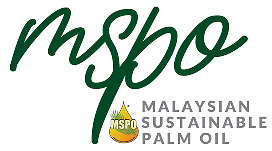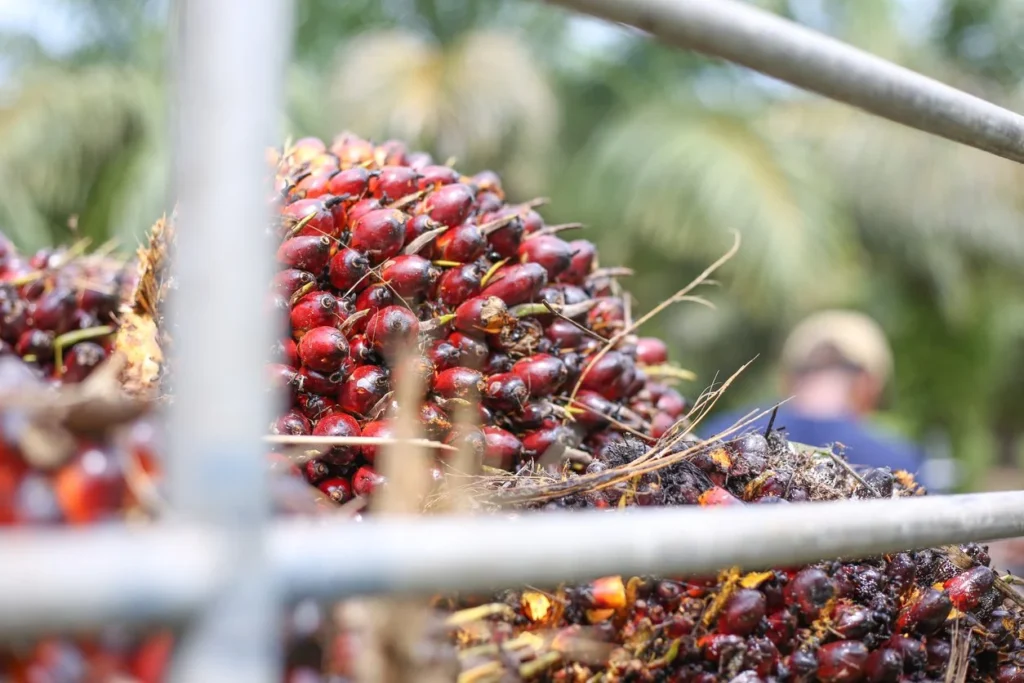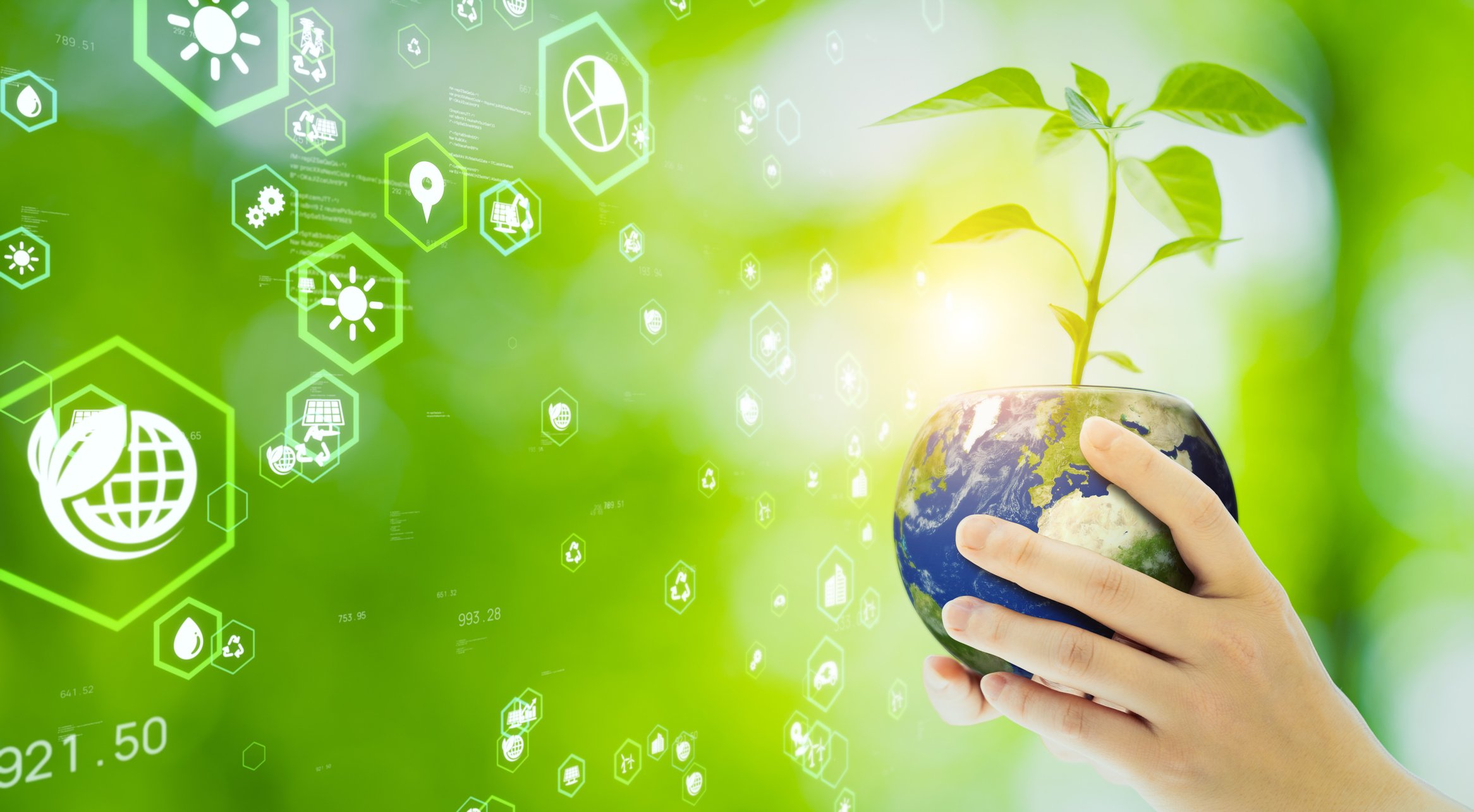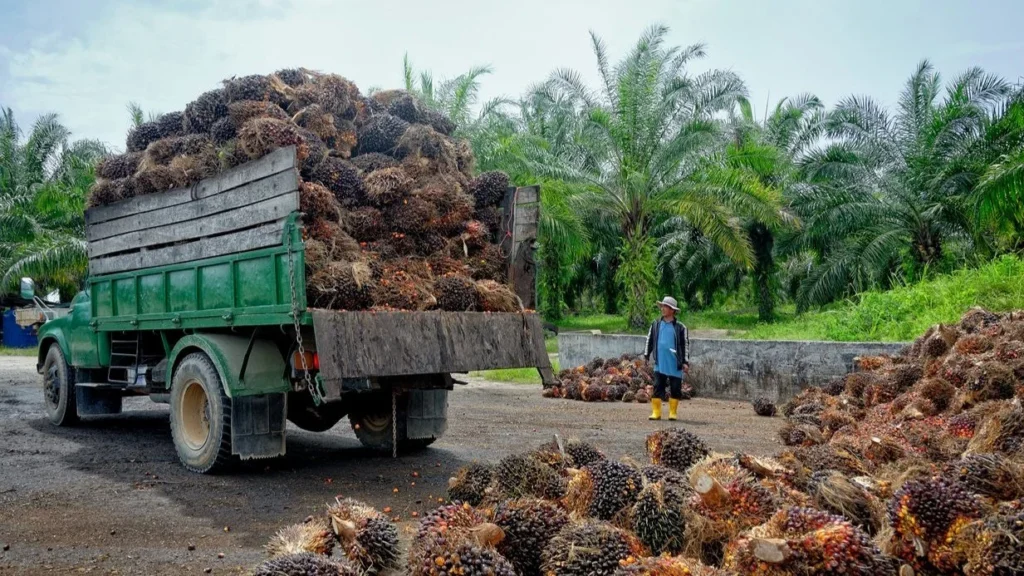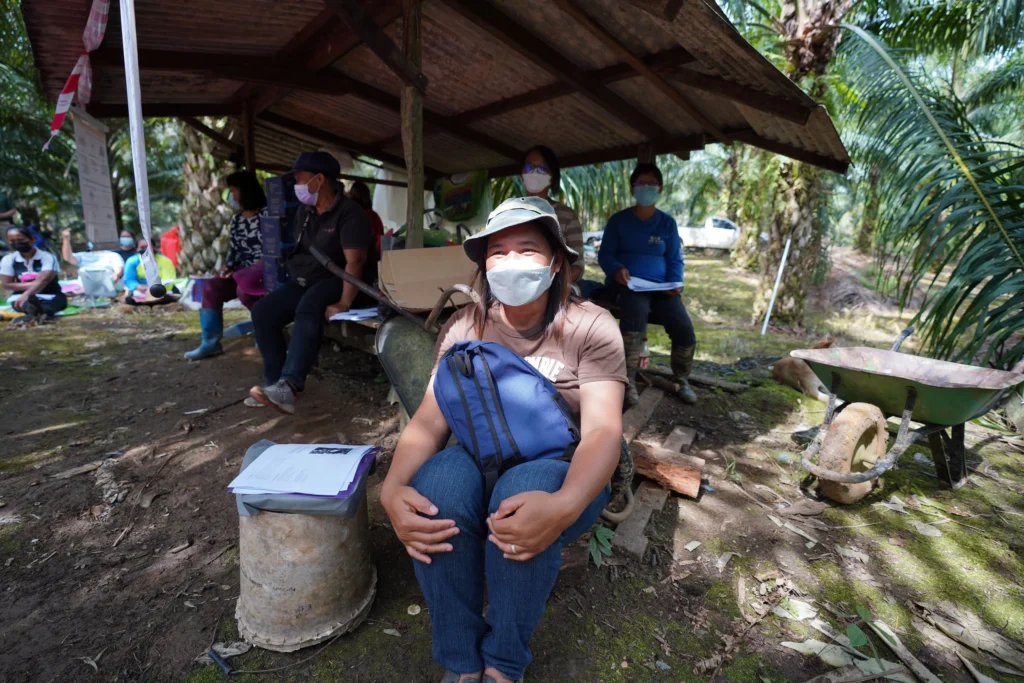Written by Azim Aziz, MPOCC
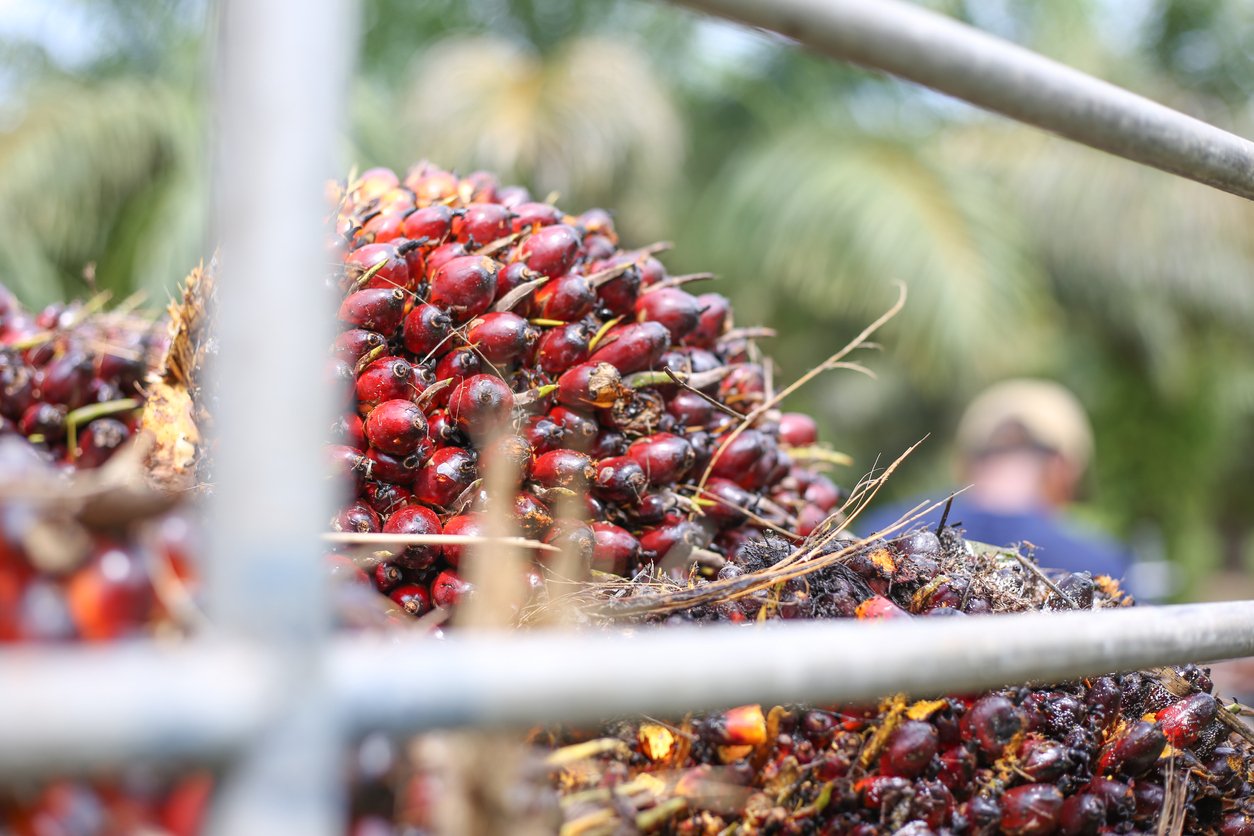
The oil palm industry in Malaysia is the second largest in the world and produces large waste every day. This waste can be in solid form or liquid form. The solid waste of oil palm can be exemplified in palm trunks, Empty Fruit Bunches (EFB), fibre, or shells. Meanwhile, the liquid form can be classified into Palm Oil Mill Effluent (POME) that is generated from the processing of Fresh Fruit Bunches (FFB) into Crude Palm Oil (CPO).
Palm oil demand will continue to grow in tandem considering more than half of the supermarket products contain palm oil ingredients. Since 2015, Palm Oil Industries in Malaysia have been practicing zero waste and manufacturers continue to brainstorm and produce more products from palm waste every day.
First and foremost, we can see what palm waste has been produced from planting into finished products. In the replanting process, when trees exceed the economical age, the palm trunks, and leaves can be massive wastes if not properly utilised into something useful. The trunks can be utilised for
organic fertiliser, mulching, particleboard, fibreboard, plywood, paper production, and others
. After the oil palm fruits are harvested and crushed to extract the oils, they will produce oil palm fibres (exocarp), palm kernel shells (endocarp), and empty fruit bunches (EFB).
The fibre waste can be used in many things like mulching, furniture, mattress, ropes, and sticks. The shell waste can be produced into road paving or a lump of coal (boilers for steam generation), have been traditionally used as solid fuels for steam boilers in palm oil mills, and the steam generated is used to run turbines for electricity production.
The EFB waste can make into a renewable biological resource called biofuel, cultivation of straw mushrooms, and animal feed, especially livestock. The culture practices in Malaysian Oil Palm estate are using EFB as organic fertilizer and mulching for their field because of the high moisture volume and rich nutrient content.
The cake waste produced after the kernel oil extraction from the mesocarp
can be processed into organic fertiliser
and animal feed. The last waste produced after the processing step in the palm oil mill is called POME (Palm Oil Mill Effluent), which acts for the enrichment and compound of animal feed, compost, electricity generation, heating, and as fuel for vehicular transportation. Biogas can contribute to a substantial amount of energy, especially in areas with no electricity. Some of the mills are using biogas as their biological energy to run the mill operation. All these methods or solutions can solve the waste produced by oil palm processing and can be referred to as a zero-waste crop.
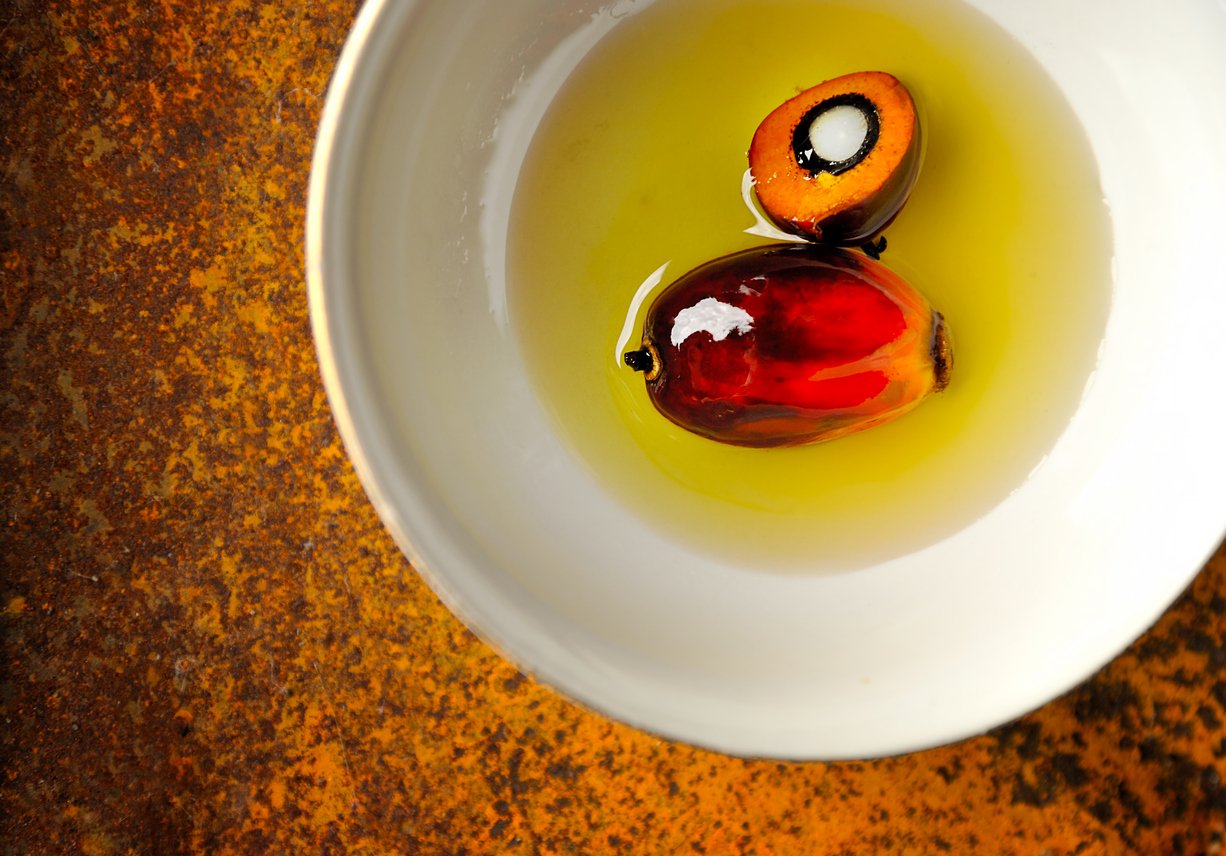
Day by day, palm oil is becoming a world-demand product as it has produced the highest yield as compared to other crops and has a wide range of applications. Palm oil is important for global food security and economic development, especially in the largest producer countries like Malaysia and Indonesia. To conclude, palm oil is a profitable business and adopted many policies that promise
no deforestation, no peat development, and no exploitation (NDPE)
, especially in the
Malaysian Sustainable Palm Oil (MSPO) standard
.
We do not have to be worried; it is a zero-waste crop!
